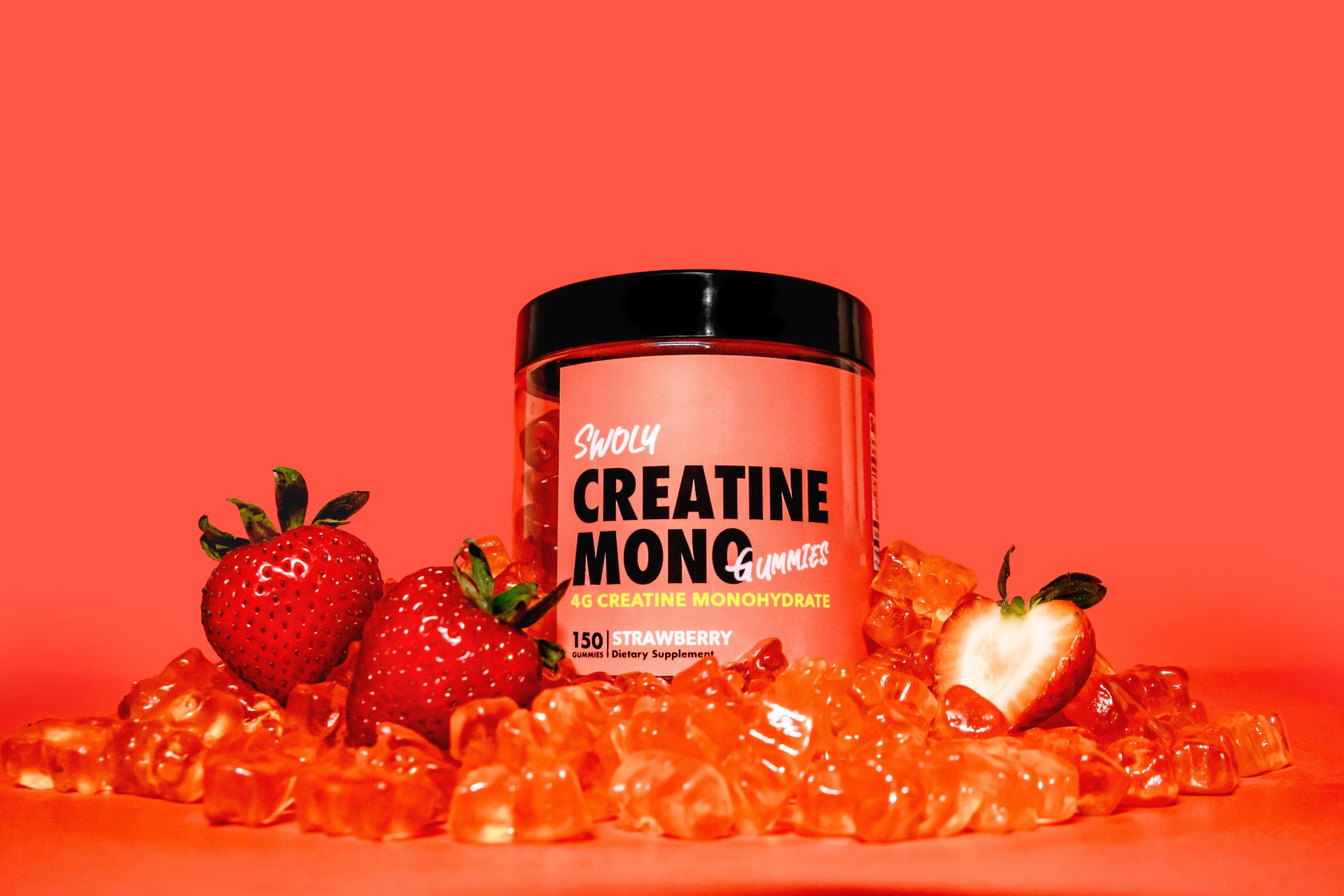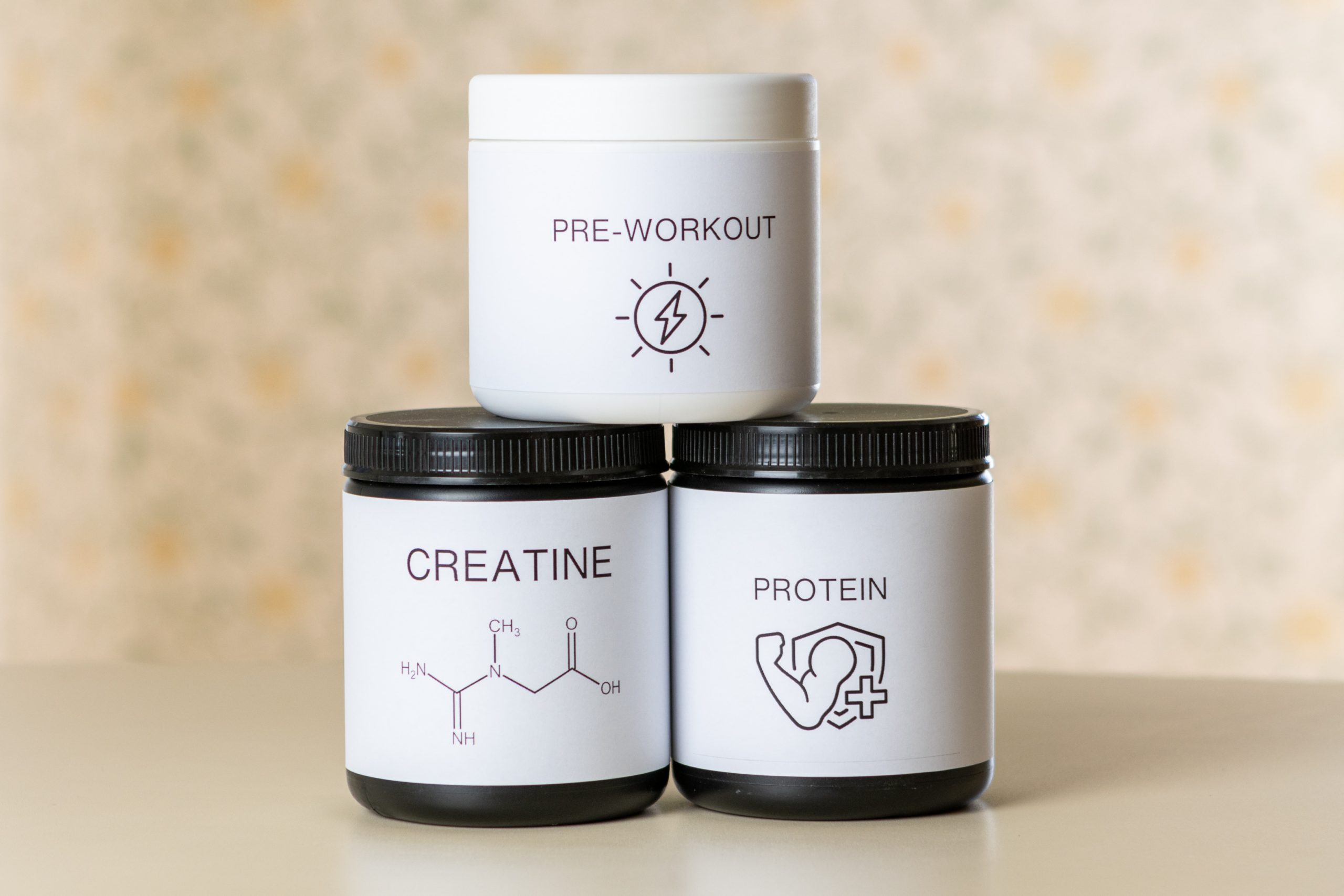It seems that there are more creatine monohydrate products than ever on the market. I’ve certainly heard people talking more about it this year than ever before, but I can’t be alone in wondering whether all the different types of creatine monohydrate are the same or if there are important differences.
Is All Creatine Monohydrate the Same?
Not all creatine monohydrate products are the same, as there are subtle differences in the way different types of creatine are processed and consumed. For instance, there are creatine pills and creatine powder as well as gummies. Additionally, there are different levels of purity and manufacturing quality for creatine monohydrate. These factors usually have to do with country of origin.

Creatine monohydrate is one of the most popular supplements in the gym-going community. It’s used by bodybuilders, powerlifters, athletes, and everyday lifters to boost exercise performance and enhance muscle building.
As a consumer, you might be unsure which brand or type of creatine monohydrate is the best and what the differences are between them. Well, if this sounds like you, keep reading! We will be covering whether all creatine monohydrate is the same.
Let’s take a closer look at the different types of creatine and the best creatine supplement brands.
Different Types of Creatine
Whether you realize it or not, there are multiple different types of creatine. Each one has its own unique benefits and potential drawbacks, and some are more popular than others.
Here are six types of creatine to consider if you’re searching for the best supplement to support your training.
Creatine Monohydrate
Monohydrate is the most well-known and most used type of creatine. It contains a ratio of one creatine molecule to one water molecule and may be processed to adjust the chemical composition even further. You can get creatine anhydrous by processing monohydrate, where the water molecules are removed, resulting in a product that contains 100% creatine.
You can also get micronised creatine monohydrate that is processed to increase its solubility, making it easier to mix and drink. Micronising the creatine molecules also makes the product easier to absorb into the bloodstream.
Creatine monohydrate increases water uptake in the muscles, making them look bigger and potentially increasing muscle-growth signals via its influence on gene expression protein production in skeletal muscle fibres. It’s safe to consume, although some people find that creatine monohydrate can mess with their digestion.

Creatine Ethyl Ester
Creatine ethyl ester refers to a type of creatine that is bound to ethyl salts. However, although some studies suggest that creatine ethyl ester is more easily absorbable than creatine monohydrate, other research suggests that the former is poor at increasing plasma or intramuscular creatine content.
It’s likely that the variation in the effectiveness of creatine ethyl ester is due to individual differences, so you’re probably best sticking with monohydrate if you want reliable results.
Creatine Hydrochloride or Creatine HCl
Creatine hydrochloride (HCl) is a newer form of creatine that has grown in popularity over recent years. It’s up to 38 times more soluble in water than other forms of creatine, so you can use less product for the same level of beneficial effects.
However, because creatine hydrochloride is a newer form of the supplement, it’s less researched than monohydrate. Therefore, its negative side effects aren’t as well-known. We recommend sticking to creatine monohydrate rather than creatine HCl until more research is available.
Buffered Creatine
To enhance the stability and digestibility of creatine in the stomach, supplement manufacturers started creating buffered creatine. This form of creatine is more potent than creatine monohydrate, which can be both a blessing and a drawback.
Higher potency means your body can use more product, and you can experience the benefits of creatine with less product. However, it also means there’s a higher risk of digestive disturbances with a high-potency creatine product.
Liquid Creatine
Most creatine products you see on the market are powders. However, you can get creatine in liquid form, meaning it has already been dissolved in water and is ready to drink straight away.
Of course, liquid creatine is quicker and easier to consume, and you can grab it if you’re in a rush and heading out the door to the gym. However, some research suggests that liquid creatine is less effective and less potent than creatine monohydrate powders. Plus, liquid creatine can start to break down if it’s sitting in your cupboards for several weeks.

Creatine Magnesium Chelate
Creatine magnesium chelate contains creatine molecules chelated (chemically bound) to magnesium. The addition of magnesium may improve muscle strength and exercise performance, although this isn’t a guarantee. Some studies show no difference in effectiveness between standard creatine monohydrate and creatine magnesium chelate.
Creatine Monohydrate Quality & Purity
Creatine monohydrate like many other supplements can be sourced from all over the world. The most common countries of origin are China and Germany.
The purest known form of creatine monohydrate with the highest quality manufacturing standards is Creapure which is sourced out of Germany. This gives you peace of mind that your creatine has no contaminants. Expect to pay a premium for creatine with higher manufacturing standards.
Best Creatine Supplement Brands
There is certainly no shortage of creatine supplement brands nowadays, which makes it overwhelming when you’re trying to choose a product to buy. Here are some of my favorite creatine supplement brands that I recommend you try:
- Cellucor
- Klean Athlete
- Naked Creatine
- Bare Performance
- Optimum Nutrition
Related Questions
Here are some common questions relating to creatine monohydrate and their answers.
What Is the Best Type of Creatine Monohydrate?
There is no one-size-fits-all when it comes to choosing the best type of creatine monohydrate for your needs because it depends on your unique physiology, training style, goals, and preferences. Creatine anhydrous enables you to get as much creatine per gram of product as possible and micronized monohydrate is the most easily absorbable and better for digestion. It’s important to know if creatine is working for you.
Does It Matter Which Creatine Monohydrate You Buy?
It does matter which type of creatine monohydrate you purchase, as each one has unique benefits and drawbacks. You will need to try each option to identify which type works best for you and which you prefer. However, you should know what happens if you stop taking creatine and use another type later on.
Are There Different Types of Creatine Monohydrate?
There are two main types of creatine monohydrate – creatine anhydrous and micronised creatine monohydrate. The former is monohydrate with the water molecules removed, making the product 100% creatine. The latter is processed creatine monohydrate that contains smaller, more easily absorbed molecules.
Conclusion
Not all creatine monohydrate products are the same, and it’s important to recognize the main differences between each type so you can find the best option for your needs. There are also additional forms of creatine, aside from monohydrate, that offer unique advantages and can boost your exercise performance and progress in the gym, such as creatine hydrochloride.